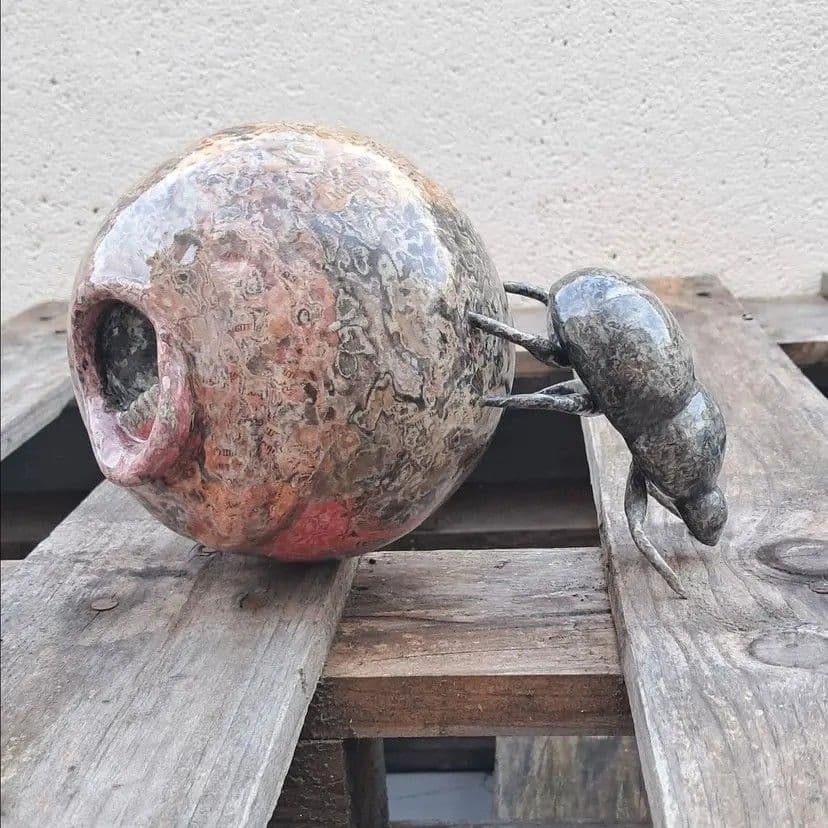
Behind the Curtain of the Art World: How Galleries Select Artists
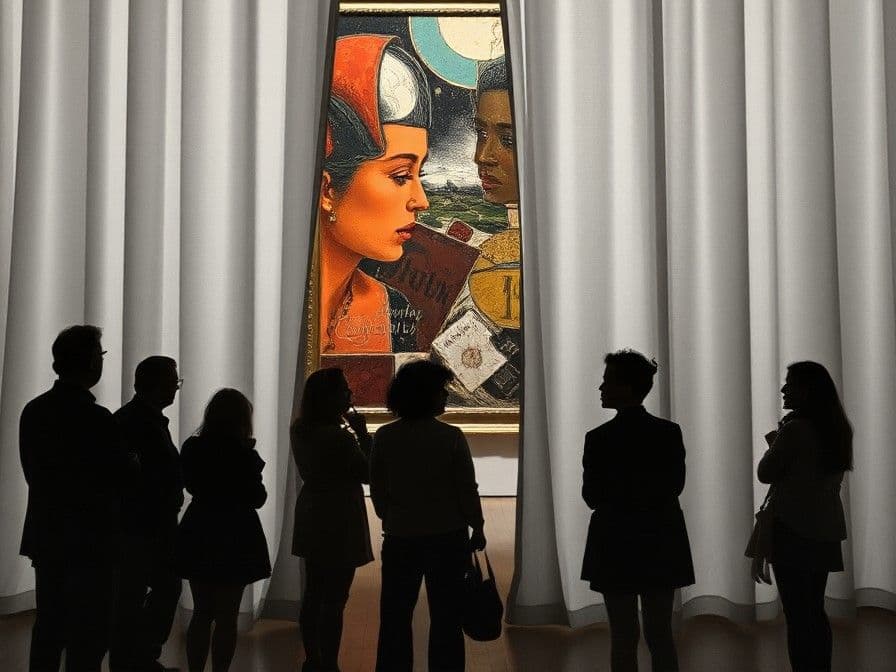
For many artists, landing a gallery exhibition often feels like cracking an impenetrable code. To the public, it might look as simple as submitting a portfolio and waiting for a callback. But the truth is far more complex: galleries act as curators, tastemakers, and gatekeepers, carefully selecting the artists they present to the world. Their decisions shape not only an artist’s career but also the trajectory of cultural trends. Understanding how galleries choose artists gives a rare glimpse behind the curtain of the art world.
Why Gallery Selection Matters
Galleries are more than spaces that display art. They are platforms of influence that shape cultural narratives. The artists they exhibit are validated not only through exposure but through association with the gallery’s reputation
For artists, inclusion in a gallery program represents more than a line on a résumé. It provides access to collectors, curators, and critics, fostering recognition and professional opportunities. For galleries, selecting artists is a careful balancing act: aligning with their curatorial vision, engaging audiences, and ensuring long-term viability. Each decision reflects a combination of aesthetic judgment, intellectual engagement, and strategic foresight.
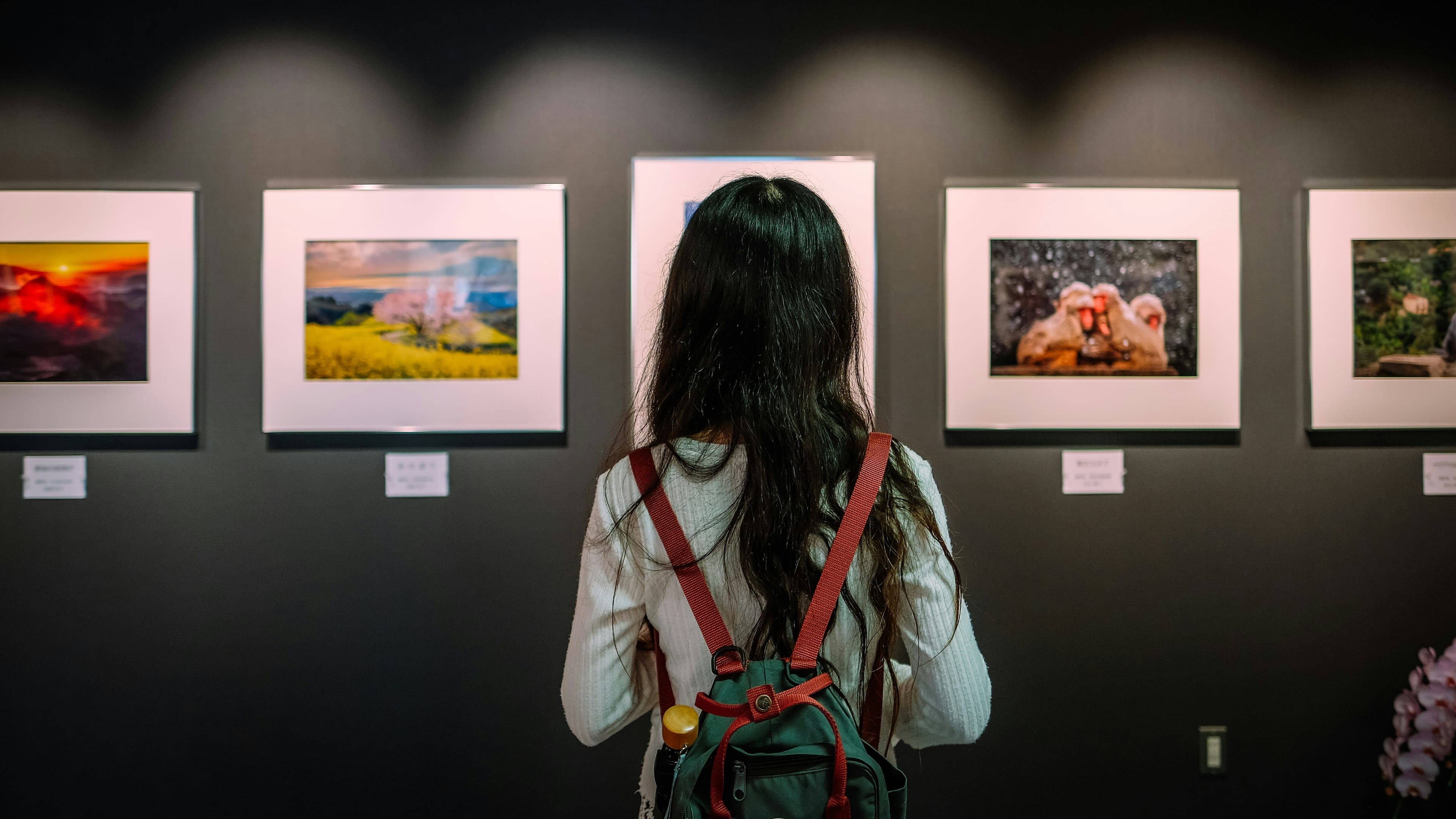
Image by Wong Zihoo
What Galleries Look for in Artists
Artistic Vision and Originality
Galleries seek work that is unmistakably the artist’s own. Originality is not about shock or novelty; it is about expressing a perspective that could exist only through that artist. This often manifests as a distinctive visual language, conceptual approach, or emotional resonance. The spark of originality is subtle but powerful — a work that feels inevitable in its uniqueness commands attention
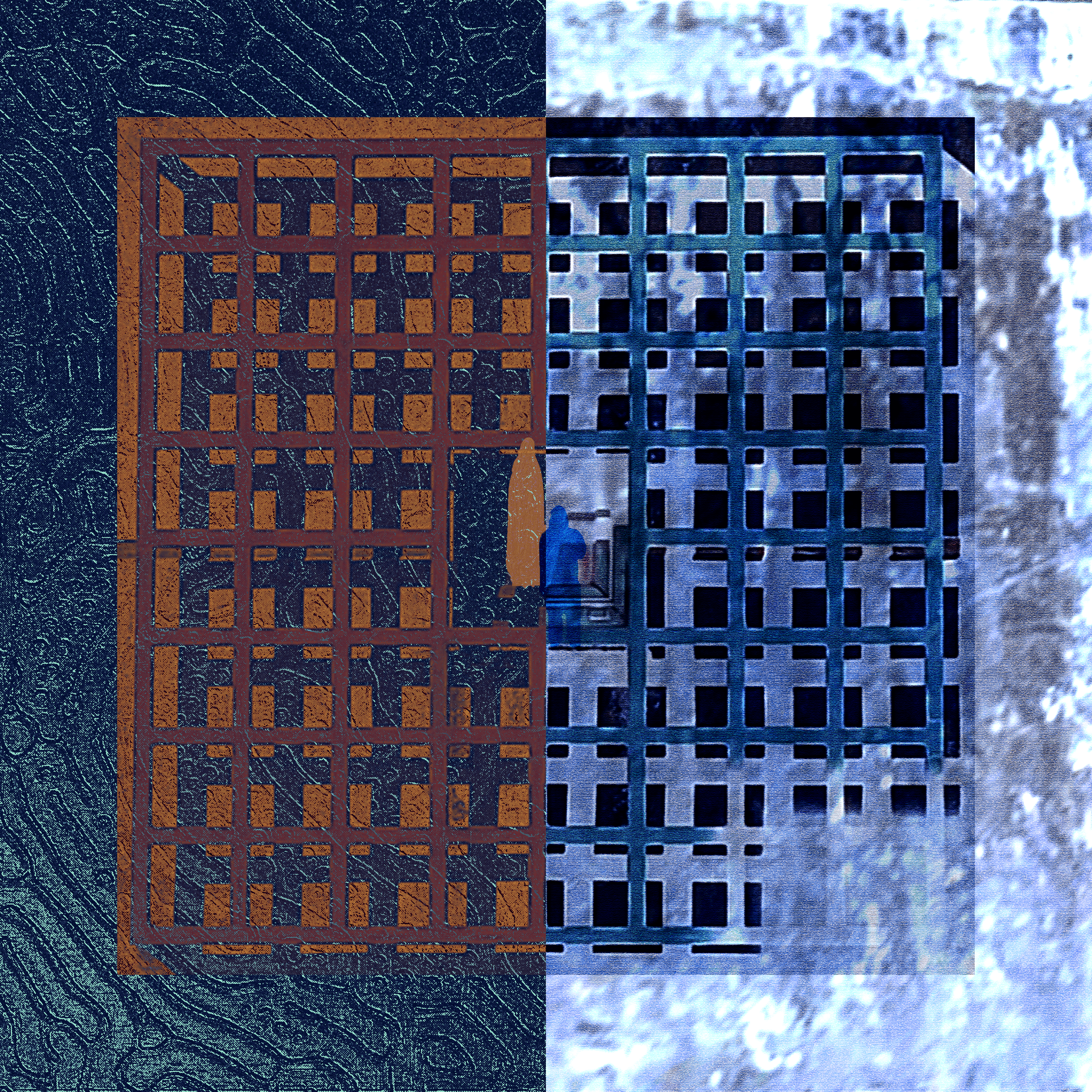
"Ideais ambíguas. Sentidos Opostos" by Unknownezqui
Consistency and Quality of Work
A single exceptional work is rarely enough. Galleries look for consistent quality across a body of work. This demonstrates both discipline and the capacity to sustain a meaningful creative trajectory. A consistent practice also signals professionalism and seriousness of intent.
Intellectual and Cultural Relevance
Leading galleries prioritize artists whose work engages with contemporary ideas, history, or pressing social issues. Art that provokes reflection or conversation often carries greater weight than work that is visually pleasing but conceptually shallow. Intellectual engagement shows the gallery that the artist can contribute meaningfully to cultural discourse.

" - - = +" by Unknownequi
Professionalism and Presentation
An artist’s ability to meet deadlines, present work coherently, and articulate their ideas is essential. Galleries operate within logistical, financial, and scheduling constraints; reliability is critical. Professionalism fosters trust, signaling that the artist is prepared for long-term collaboration.
Market Awareness
While galleries are not solely driven by sales, market considerations play a role. Artists whose work shows collector interest or potential market appeal allow galleries to maintain sustainability while supporting creative risk-taking. The ideal balance respects artistic integrity while acknowledging practical realities.
How Galleries Discover Artists
Networking at Exhibitions and Art Fairs
Galleries attend fairs, biennales, and student showcases to observe both the art and audience reactions. They often identify emerging talent by noting which works spark curiosity, discussion, or emotional responses.

Image by Ruben Ramirez
Social Media Discovery
Platforms such as Instagram have become key tools for observing artists’ trajectories over time. Galleries can evaluate how work develops, how ideas are communicated, and how audiences engage with the practice.
Referrals from Trusted Sources
Trusted endorsements from curators, collectors, or other artists often carry significant weight. These recommendations provide a level of credibility that cold applications rarely achieve.

Carnivorous Cultivator by Sandra Jane Heard
Studio Visits
Visiting an artist’s workspace offers insight into process, technique, and conceptual depth. Galleries observe not only completed work but also ongoing experimentation, revealing the discipline and intent behind the practice.
Portfolios Reviews and Open Calls
Some galleries still accept open submissions. However, competition is fierce, and success through this route is rare and often requires compelling work paired with strategic presentation and professional follow-through.
Xochi Art Gallery's Approach
Xochi Art Gallery, a contemporary space in Portugal sets a clear example of how a gallery can combine vision, rigor, and serendipity in artist selection. Its approach is intentionally distinct from the general selection principles, illustrating a real-world application.
Looking for the Visionary
Xochi seeks artists who challenge conventions. Selection is based not only on aesthetic distinction but also on the ideas and emotions conveyed. Each work is evaluated for its capacity to provoke reflection, resonate intellectually, and communicate a unique perspective. The gallery prizes originality that feels inevitable — work that could not exist outside the artist’s vision
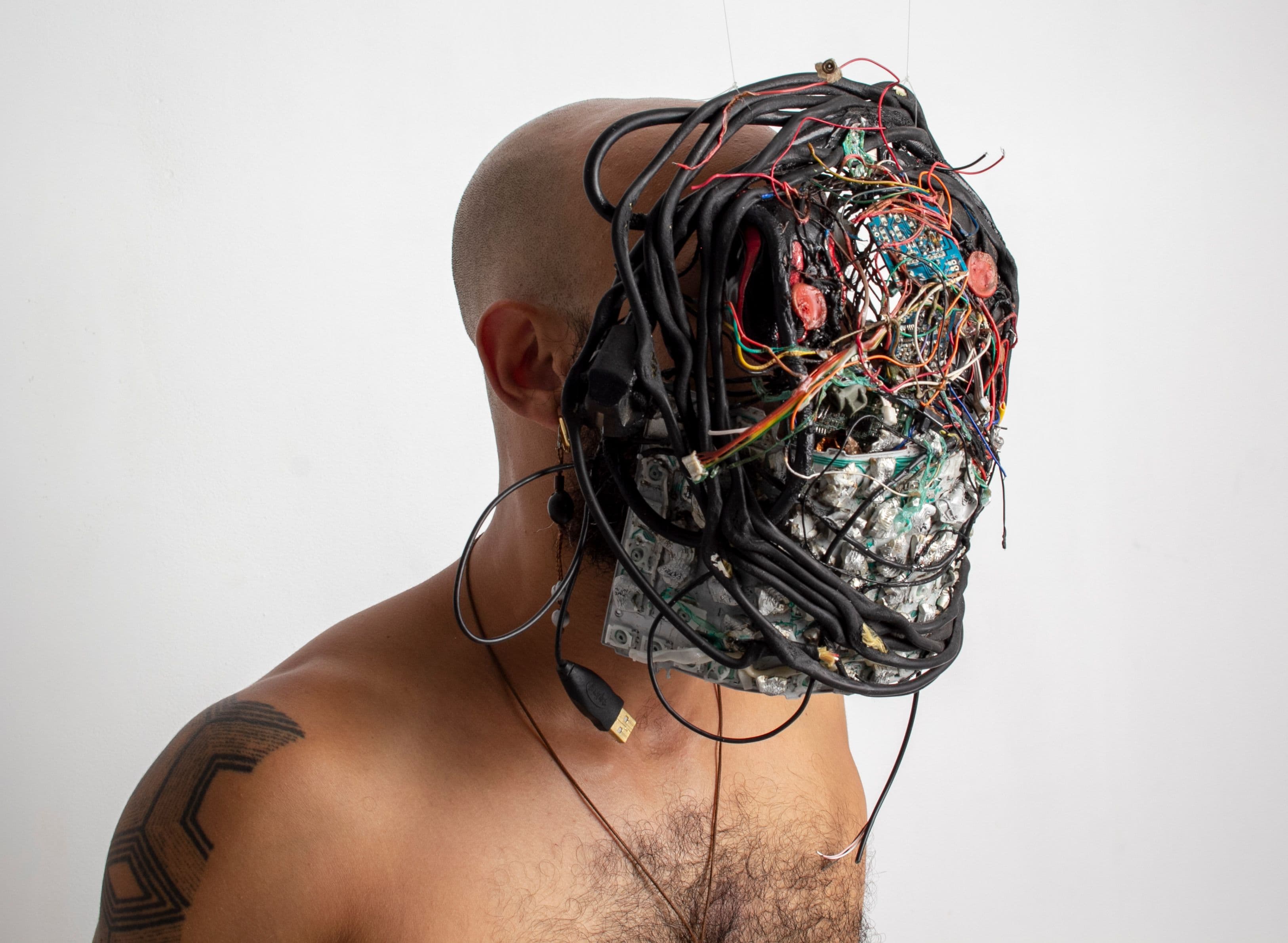
Cthulhucene Faces #5 by Henrique Netto
Discovery Through Encounters and Networks
The gallery actively attends exhibitions, fairs, and smaller showcases, observing not only artwork but conversations, audience engagement, and artist demeanor. Serendipity plays a role: chance encounters often lead to new discoveries, exemplifying the organic nature of cultural curation. For instance, a studio visit planned for one artist in Barcelona unexpectedly led to an introduction to another, resulting in a future exhibition offer.
Integration of Digital Observation
The gallery complements in-person encounters with online observation, primarily on Instagram and LinkedIn. This allows curators to monitor development over time, observe engagement, and identify trajectories of growth. This long-term attention ensures that exhibition offers are grounded in a holistic understanding of the artist’s practice.
Studio Visits as Essential Insight
For Xochi, studio visits are more than formalities; they are opportunities to step into the artist’s world. The gallery observes work in progress, explores past bodies of work, and engages the artist in discussion about concepts and methods. This process reveals both the rigor of practice and the depth of intellectual and emotional engagement, guiding decisions about long-term collaboration.
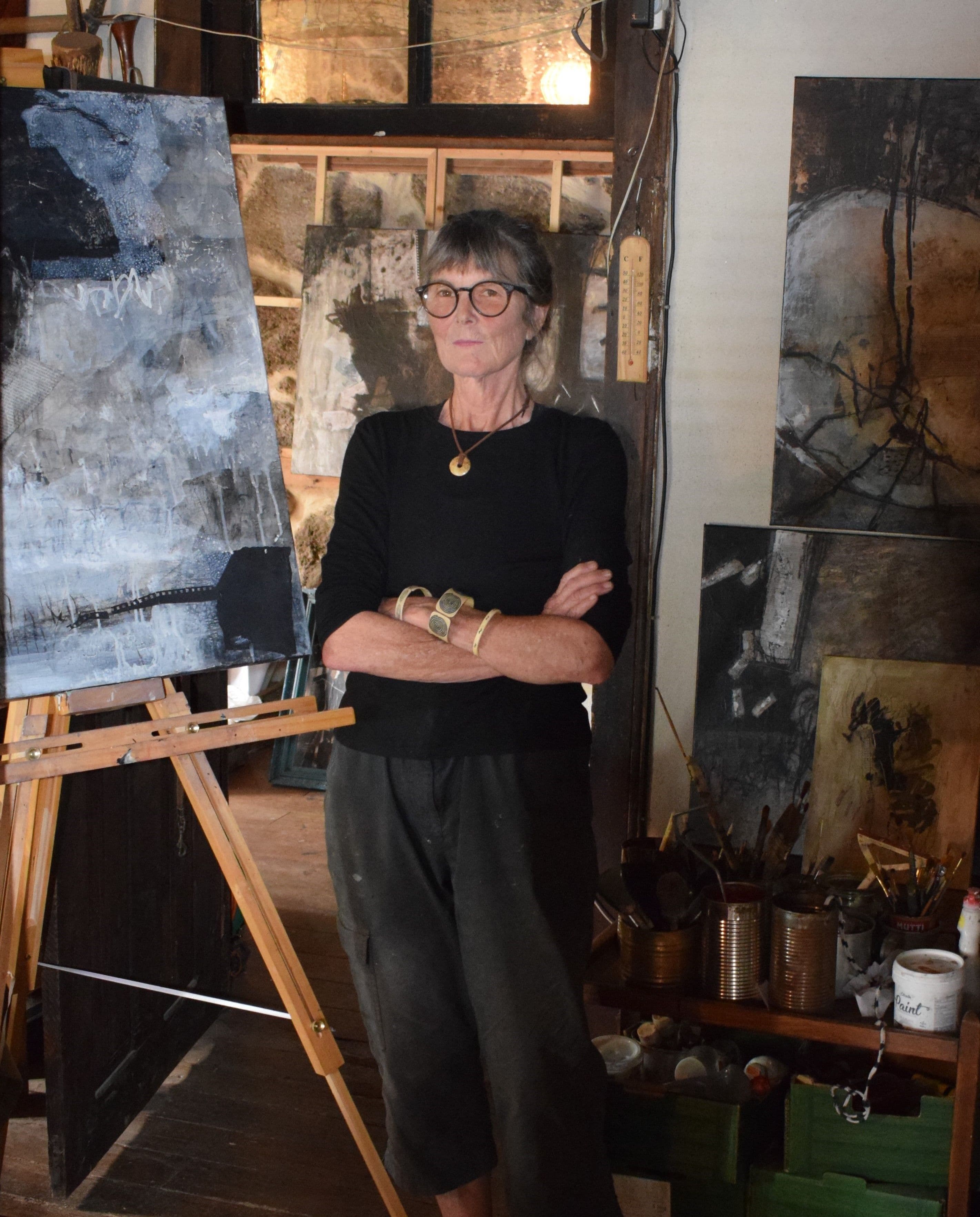
A look inside Deborah Osberg's studio
Guidance for Emerging Artists
Aspiring artists can benefit from understanding these dynamics. The takeaway isn’t to mold oneself to what galleries want, but to align with the right gallery:
- Develop a distinct artistic voice and vision.
- Build a consistent, high-quality body of work.
- Engage thoughtfully with ideas and themes that extend beyond aesthetics.
- Demonstrate professionalism in communication, deadlines, and presentation.
- Cultivate meaningful networks through exhibitions, social media, and peer relationships.
Persistence, authenticity, and relationship-building remain the most powerful tools for long-term success.
Final Thoughts
Each exhibition represents a series of deliberate choices. Galleries do more than hang art; they curate culture, amplify voices, and provoke reflection. For artists, understanding the process provides clarity and strategy. For audiences and collectors, it enriches engagement and appreciation. Every piece on display reflects careful judgment, quietly shaping contemporary cultural landscapes.
Written by

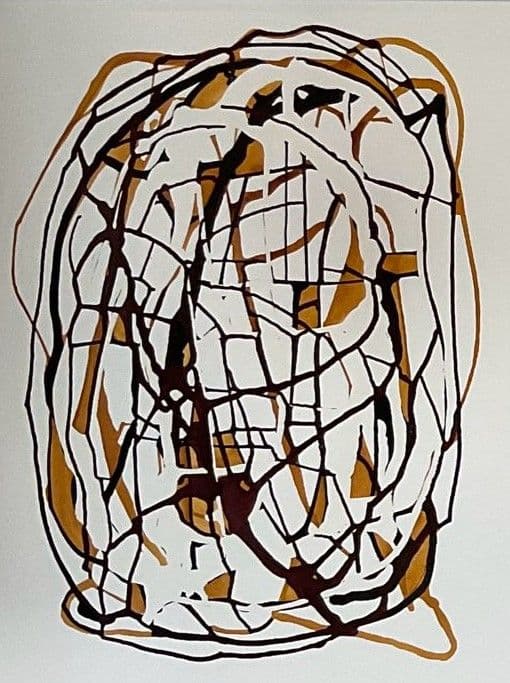
Award-Winning Artist Sandra Jane Heard Showcases Verdant Echoes at Equinox 2.0
